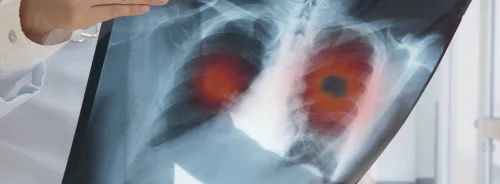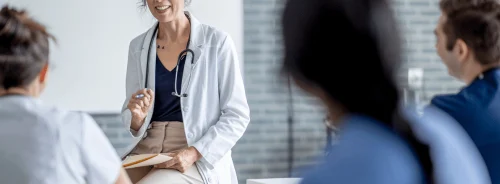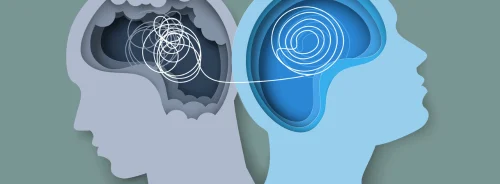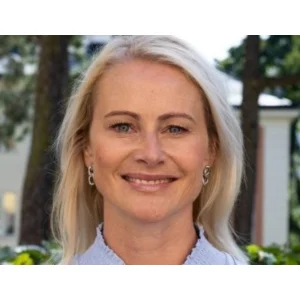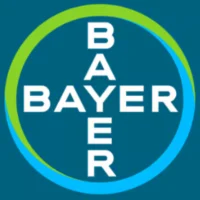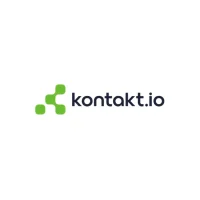One radiologist supported by AI detected more cases of breast cancer in screening mammography than two radiologists working together, reports the ScreenTrustCAD study from Karolinska Institutet in The Lancet Digital Health.
The researchers say that AI is now ready to be implemented in breast cancer screening.
For over 30 years, screening mammography has been an important key in reducing breast cancer mortality rates. However, challenges include a lack of radiologists and that not all cancers are detected. Several retrospective studies have shown that artificial intelligence could help address these problems.
“AI and humans perceive images slightly differently, which creates a synergy that improves our chances of detecting cancer,” says first author Karin Dembrower, affiliated researcher at the Department of Oncology-Pathology, Karolinska Institutet.
Traditionally, two radiologists read every exam. In the present study, exams were assessed by two radiologists and AI in order to decide which women were to be recalled for further investigation. Based on which women were diagnosed with breast cancer in the end, the researchers could determine how accurate different combinations of AI and radiologists were compared to the traditional two-radiologist approach.
“With the ScreenTrustCAD study, we wanted to examine how well two radiologists performed compared with one radiologist and AI, and AI alone,” says Dr Dembrower.
The study was conducted at Capio St Göran’s Hospital in Stockholm between April 2021 and June 2022. Over 55,500 women between the ages of 40 and 74 were screened.
The traditional approach using two radiologists detected 250 cancers. Not unexpectedly, the researchers found that adding AI to two radiologists detected most cases of cancer – 269. One radiologist and AI detected 261 in the same cohort. AI alone detected 246, which was statistically non-inferior to two radiologists.
“Compared with the current two-radiologist standard, assessment by one radiologist and AI resulted in a four per cent increase in breast cancer detection and halved the radiologists’ image reading time,” says principal investigator Fredrik Strand, radiologist and docent at the Department of Oncology-Pathology, Karolinska Institutet.
The researchers also found that compared with two radiologists, one radiologist plus AI and AI alone led, respectively, to a six and 55 per cent reduction in false positives – which is to say the recall rate for healthy women, a procedural error that causes unnecessary suffering and cost.
“It’s clear to us that for screening mammography, one AI-supported radiologist is a better alternative than two radiologists without AI,” says Dr Strand. “Unlike a previous study from Lund University, this improvement is statistically validated in ScreenTrustCAD. Even if AI takes over much of the initial examination, a radiologist is needed to make the judgment before any patient is recalled for further investigation, and, if necessary, to take biopsies from suspicious breast areas.”
He continues: “Our study shows that AI is ready for controlled implementation in screening mammography. However, you must choose an AI system that has been properly tested on images from the same type of mammography equipment and ensure continuous monitoring after clinical implementation. In the longer term, AI has the potential to take over the majority of screening mammography assessments.”
Source: MEDICA

